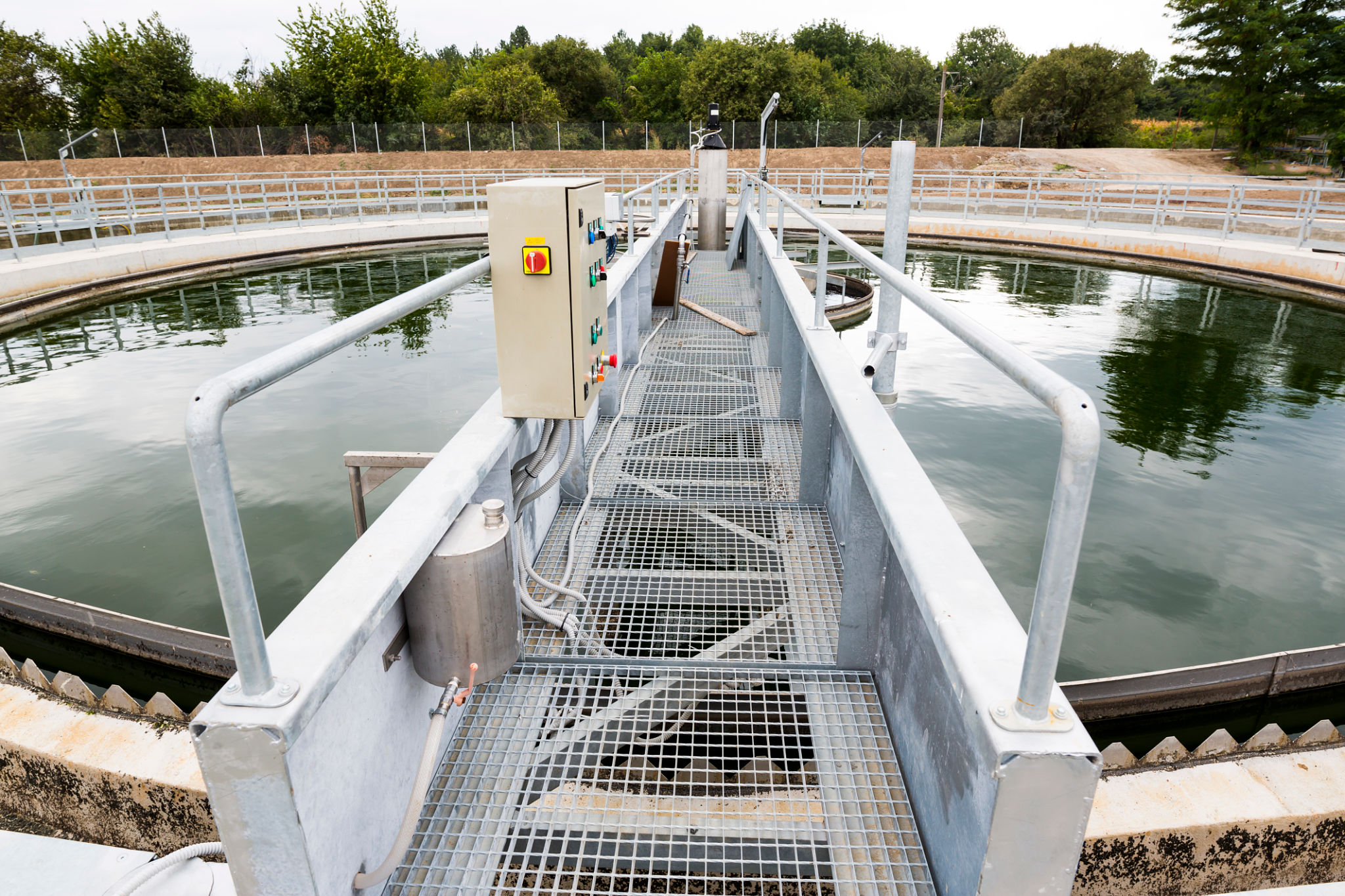Common Myths About Bio-Swales Debunked
Understanding Bio-Swales
Bio-swales are a sustainable and effective method for managing stormwater runoff, yet they are often misunderstood. These landscape elements are designed to concentrate and convey stormwater runoff while removing debris and pollution. However, several myths surround their functionality and effectiveness.
Myth 1: Bio-Swales Are Just Ditches
One common misconception is that bio-swales are nothing more than glorified ditches. In reality, bio-swales are carefully engineered systems that incorporate vegetation, soil, and sometimes even engineered media to filter and clean water. Unlike regular ditches, bio-swales are designed to slow down water flow, promoting infiltration and reducing peak runoff.
Myth 2: They Require Constant Maintenance
Another myth is that bio-swales need constant attention and maintenance. While it is true that regular upkeep is necessary, especially in the first few years to ensure vegetation establishment, they do not require more maintenance than a typical landscaped area. Routine tasks include removing debris, controlling invasive species, and periodically replanting vegetation.
Myth 3: Bio-Swales Can't Handle Heavy Rainfall
Some people believe that bio-swales are not capable of handling significant rainfall events. However, when properly designed, bio-swales can effectively manage large volumes of water by slowing down the flow and allowing infiltration. They are typically designed with overflow structures to manage excess water during heavy storms, ensuring they remain effective even under extreme weather conditions.

Myth 4: Bio-Swales Are Ineffective in Urban Areas
It is often thought that bio-swales are unsuitable for urban environments. This is far from the truth. In fact, bio-swales can be integrated into urban landscapes effectively, providing green spaces that enhance the aesthetic value while managing stormwater runoff. They can be implemented along streets, parking lots, and in other urban settings to reduce urban flooding and improve water quality.
Advantages of Implementing Bio-Swales
Despite the myths, bio-swales offer numerous benefits:
- Improved Water Quality: They filter out pollutants and sediments from runoff, enhancing the quality of water entering natural water bodies.
- Erosion Control: By slowing water flow, they reduce erosion potential.
- Habitat Creation: The vegetation in bio-swales can provide habitats for local wildlife.
Conclusion: Embracing the Truth About Bio-Swales
Dispelling these common myths about bio-swales helps in understanding their true potential as a sustainable stormwater management solution. By recognizing the facts, communities can better appreciate the value of integrating bio-swales into their landscapes. Whether in urban or rural settings, bio-swales play a crucial role in enhancing environmental quality and resilience.
